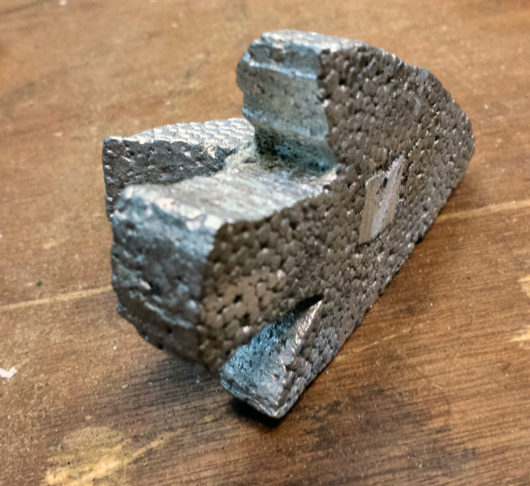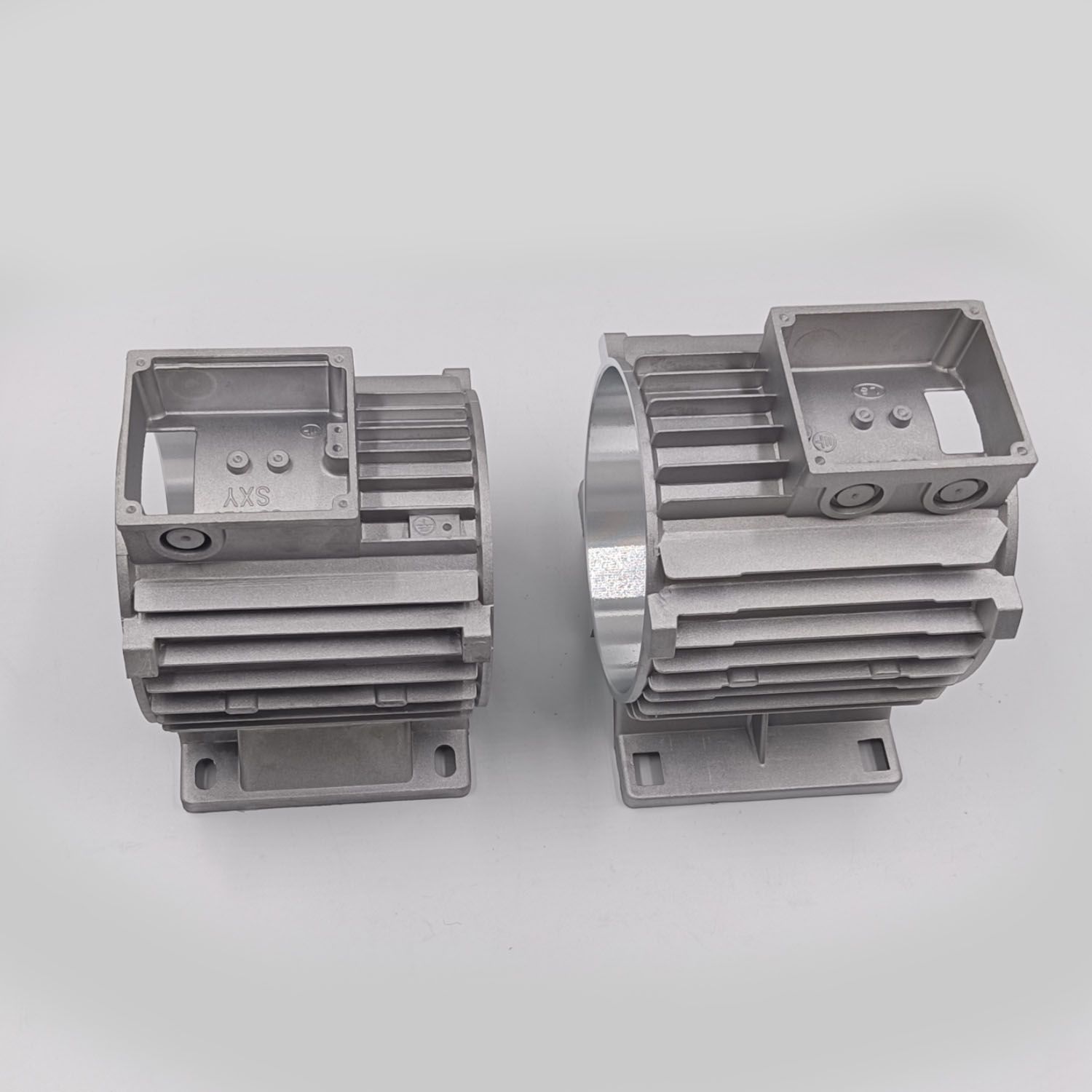The 8-Second Trick For Stahl Specialty Company
The 8-Second Trick For Stahl Specialty Company
Blog Article
Stahl Specialty Company - The Facts
Table of ContentsStahl Specialty Company - TruthsThe 7-Second Trick For Stahl Specialty CompanyGetting My Stahl Specialty Company To WorkThe Greatest Guide To Stahl Specialty CompanyExcitement About Stahl Specialty Company
There are numerous small differences between wrought and cast aluminum alloys, such as that actors alloys can have a lot more substantial amounts of other steels than functioned alloys. However the most notable distinction in between these alloys is the fabrication process where they will certainly go to deliver the final item. Besides some surface therapies, cast alloys will certainly leave their mold and mildew in nearly the specific strong kind wanted, whereas wrought alloys will certainly undergo numerous alterations while in their solid state.If you think that a wrought alloy may be the most effective for your task, take an appearance at some of our articles that explain more concerning specific functioned alloys, such as Alloy 6061 and Alloy 6063. On the various other hand, if you believe a cast alloy would be much better for you, you can find out more regarding some cast alloys in our Alloy 380 and Alloy 383 write-ups (coming quickly).

Having the experience and sector understanding to craft your spreadings for optimal production and top quality outcomes will simplify the job. Making light weight aluminum castings calls for a facility collection of procedures to accomplish the appropriate results. When picking a new aluminum foundry to partner with, ensure they have substantial market experience and are well-informed concerning all facets of the light weight aluminum spreading procedure: layout, manufacturing, material analysis, and product testing.
Getting My Stahl Specialty Company To Work
The shop must also have a tried and tested performance history of providing outstanding products that fulfill or surpass customer expectations. Quality assurance ought to additionally be at the top of your listing when selecting an aluminum foundry. By collaborating with a qualified shop who follows the requirements for quality control, you can secure the integrity of your item and guarantee it meets your specifications.
By choosing a firm who provides services that satisfy or surpass your item needs, you can be sure that your job will certainly be finished with miraculous precision and effectiveness. Particular light weight aluminum shops focus on certain kinds of manufacturing processes or casting techniques. Various parts need various production techniques to cast aluminum, such as sand spreading or pass away spreading.

Die spreading is the name provided to the procedure of producing complicated metal parts with use of mold and mildews of the component, additionally referred to as passes away. The process makes use of non-ferrous metals which do not contain iron, such as light weight aluminum, zinc and magnesium, due to the desirable buildings of the metals such as reduced weight, higher conductivity, non-magnetic conductivity and resistance to deterioration.
6 Simple Techniques For Stahl Specialty Company
Die spreading production is fast, making high production levels of elements very easy. It generates even more elements than any type of other process, with a high degree of accuracy and repeatability. To get more information concerning die spreading and pass away casting materials made use of in the process, continued reading. There are 3 sub-processes that drop under the category of die spreading: gravity pass away casting (or long-term mold spreading), low-pressure die casting and high-pressure die casting.
After the purity of the alloy is examined, dies are produced. To prepare the passes away for spreading, it is vital that the dies are clean, so that no residue from previous productions stay.
The pure steel, additionally known as ingot, is included in the heating system and maintained the molten temperature level of the metal, which is then transferred to the injection chamber and injected into the die. The pressure is then preserved as the steel solidifies - Casting Foundry. When the metal strengthens, the cooling process starts
The thicker the wall surface of the part, the longer the cooling time due to the quantity of indoor metal that also requires to cool down. After the element is fully sites cooled, the die cuts in half open and an ejection mechanism pushes the part out. Adhering to the ejection, the die is shut for the following shot cycle.
Get This Report on Stahl Specialty Company

Nonetheless, this confirmed to be an incorrect test, due to the fact that the tester could reduce right into an item and miss out on an area with porosity. Today, leading producers utilize x-ray testing to see the whole inside of elements without reducing right into them. This enables them to much more precisely approve or reject parts. To get to the completed product, there are three main alloys utilized as die casting product to select from: zinc, light weight aluminum and magnesium.
Zinc is one of one of the most secondhand alloys for die casting as a result of its lower price of resources. It's also one of the more powerful and secure steels. And also, it has excellent electrical and thermal conductivity. Its deterioration resistance also enables the components to be lengthy lasting, and it is among the more castable alloys because of its reduced melting point.
The 45-Second Trick For Stahl Specialty Company
As mentioned, this alloy is among the most frequently utilized, yet produces will, sometimes, select light weight aluminum over zinc as a result of aluminum's manufacturing benefits. Light weight aluminum is very cost-effective and one of the more versatile alloys. Aluminum is used for a number of different products and sectors anything from home window structures to aerospace materials.
Report this page